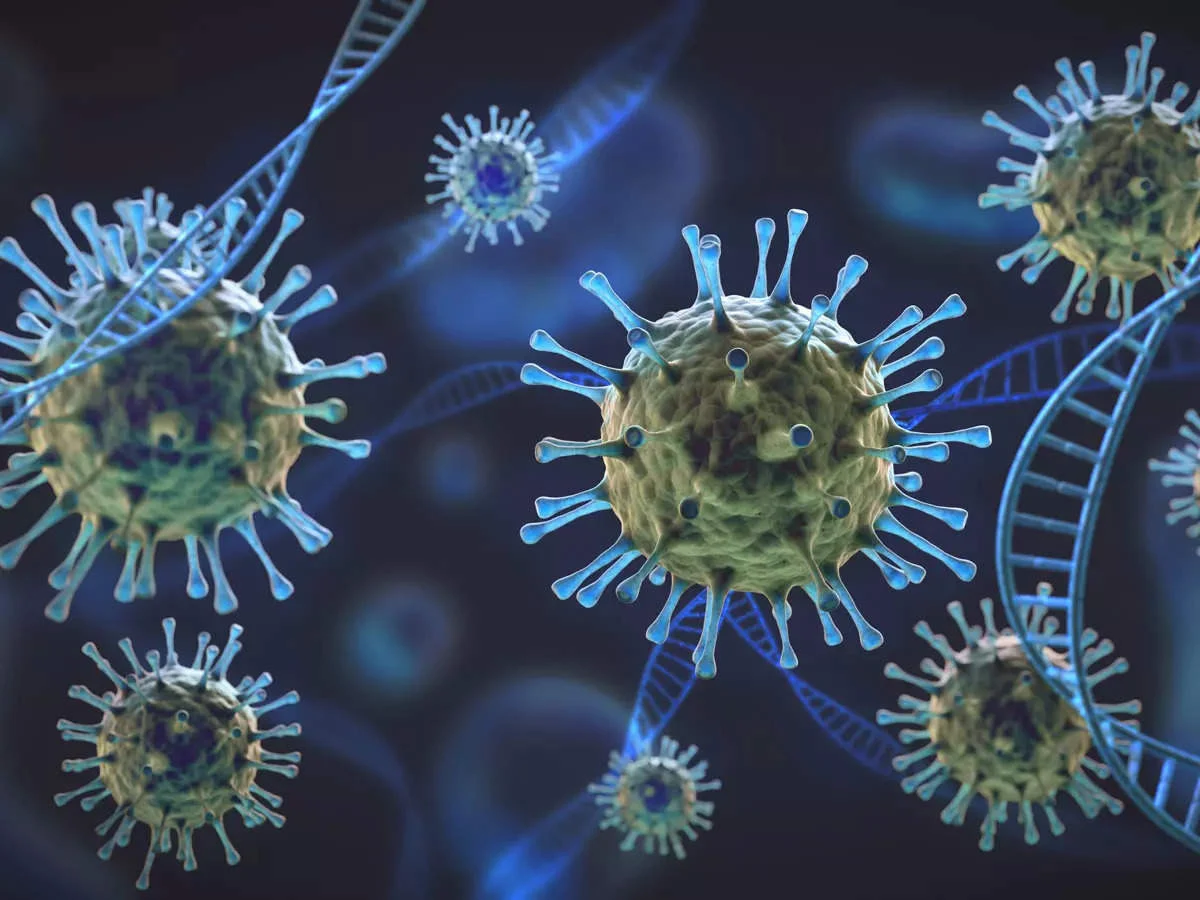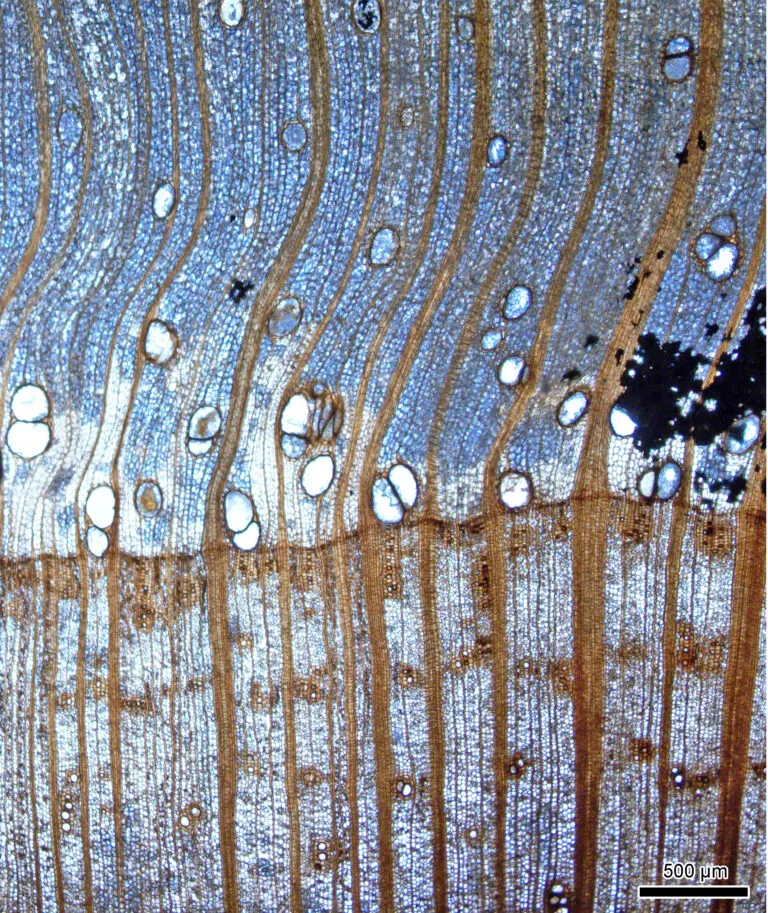Denmark is crawling with the world's most resilient creature – University of Copenhagen
We don’t know how many species of tardigrade there are in Denmark in all, but we did find 96 unique tardigrade DNA sequences during our study – of which only 13 are known species. And there are probably more, so their diversity is apparently huge.
Associate Professor Nadja Møbjerg
Department of Biology University of Copenhagen.
Department of Biology University of Copenhagen.
First a little background supplied by ChatGPT3:
Tardigrades: The Resilient Microscopic MarvelsThe research is explained in a University of Copenhagen, Faculty of Science news release:
Tardigrades, often referred to as "water bears" or "moss piglets," are microscopic, water-dwelling animals that belong to the phylum Tardigrada. They have captured the interest of scientists and the public alike due to their remarkable ability to survive extreme conditions that would be lethal to most other forms of life. Tardigrades were first discovered in the late 18th century and have since become subjects of intensive research.
Discovery:
Tardigrades were first described by German zoologist Johann August Ephraim Goeze in 1773. However, it wasn't until the 20th century that they gained significant attention due to advances in microscopy and scientific techniques.
Biology:
Tardigrades are incredibly small animals, usually ranging from 0.1 to 1.5 millimeters in length. They are found in various environments, including marine, freshwater, and terrestrial habitats, where they often inhabit mosses, lichens, leaf litter, and soil.
One of the most fascinating aspects of tardigrades is their remarkable tolerance to extreme conditions:Despite their resilience, tardigrades are not invincible. Extreme conditions can still cause damage, and their survival rates vary depending on the specific conditions and species.
- Desiccation (Drying Out):
Tardigrades can survive complete desiccation by entering a state known as cryptobiosis. In this state, they lose most of their water content and essentially shut down their metabolic processes. They curl up into a "tun" shape, forming a protective barrier against the environment. When conditions become favorable again, they rehydrate and return to their active state.- Extreme Temperatures:
Tardigrades can withstand both high and low temperatures. Some species can survive temperatures close to absolute zero (-273°C) and others can withstand temperatures as high as 150°C.- Radiation:
Tardigrades can endure high levels of ionizing radiation, including X-rays and gamma rays, which would be lethal to most organisms.- Pressure:
Certain tardigrades can survive extreme pressure, such as the pressure found in the deep sea.- Toxic Environments:
Tardigrades can tolerate high concentrations of toxic substances, including heavy metals and strong acids.
ChatGPT3 "Tell me all about tardigrades, their discovery and biology" [Response to user request]
Retrieved from https://chat.openai.com/




























